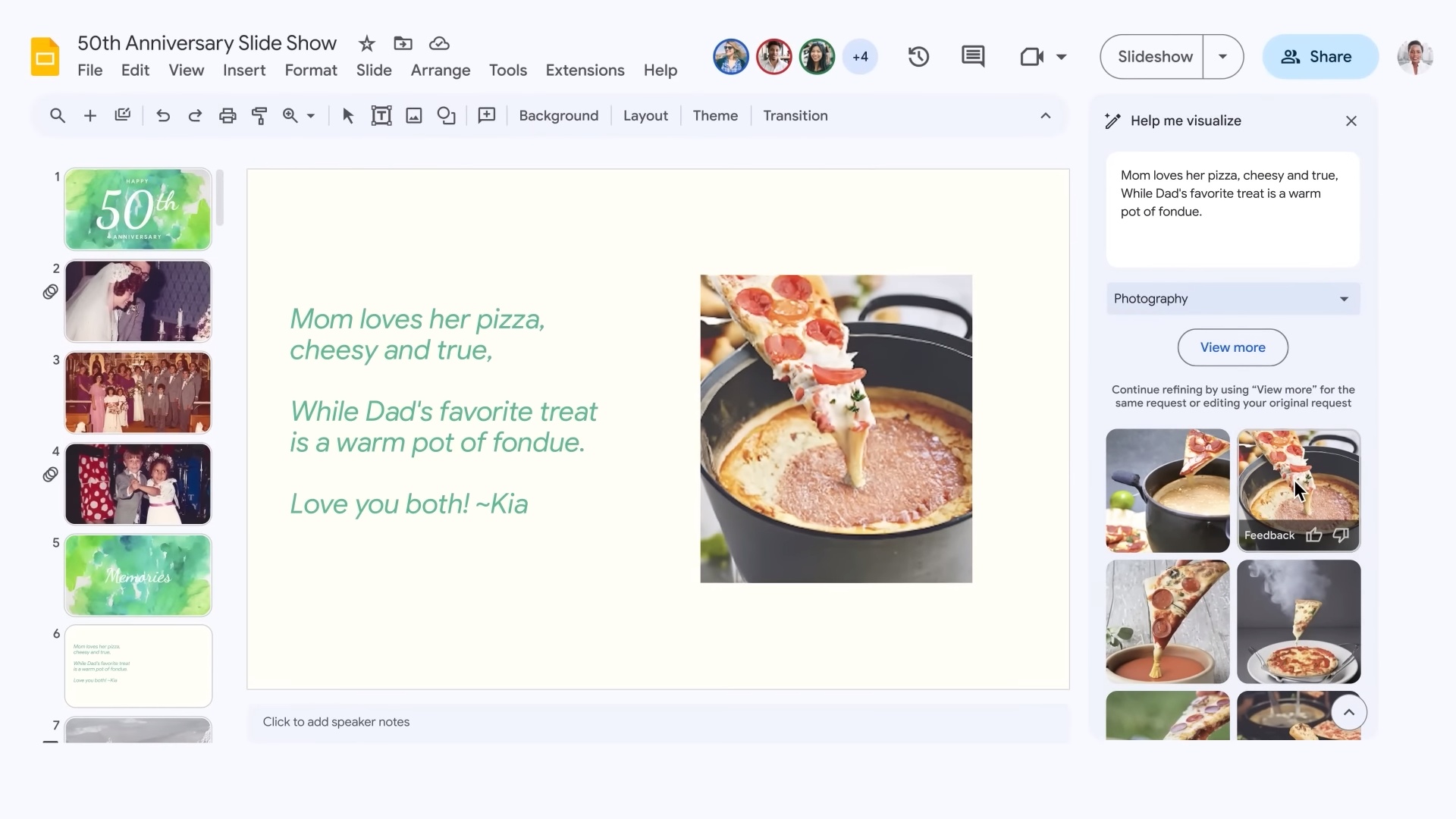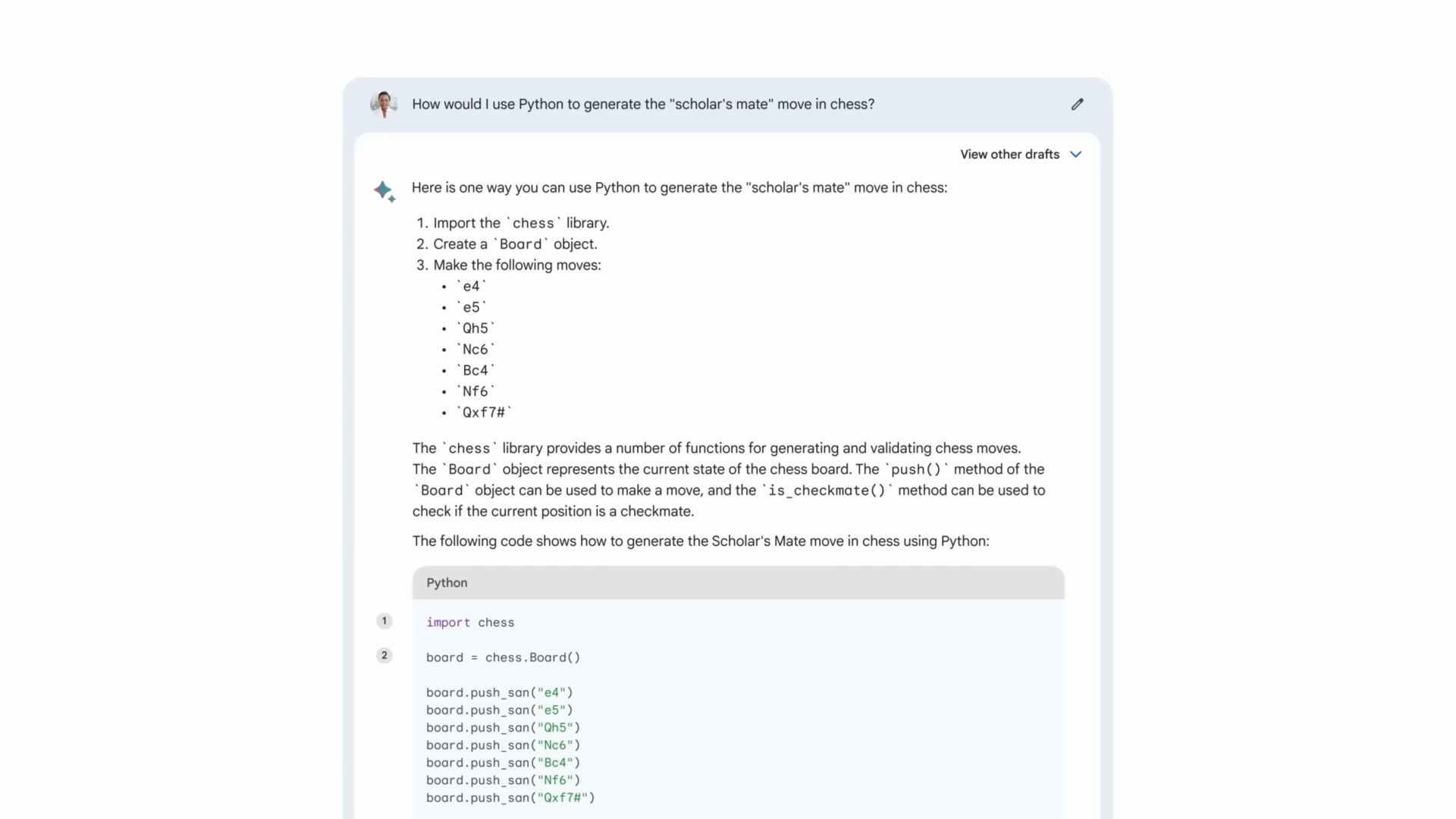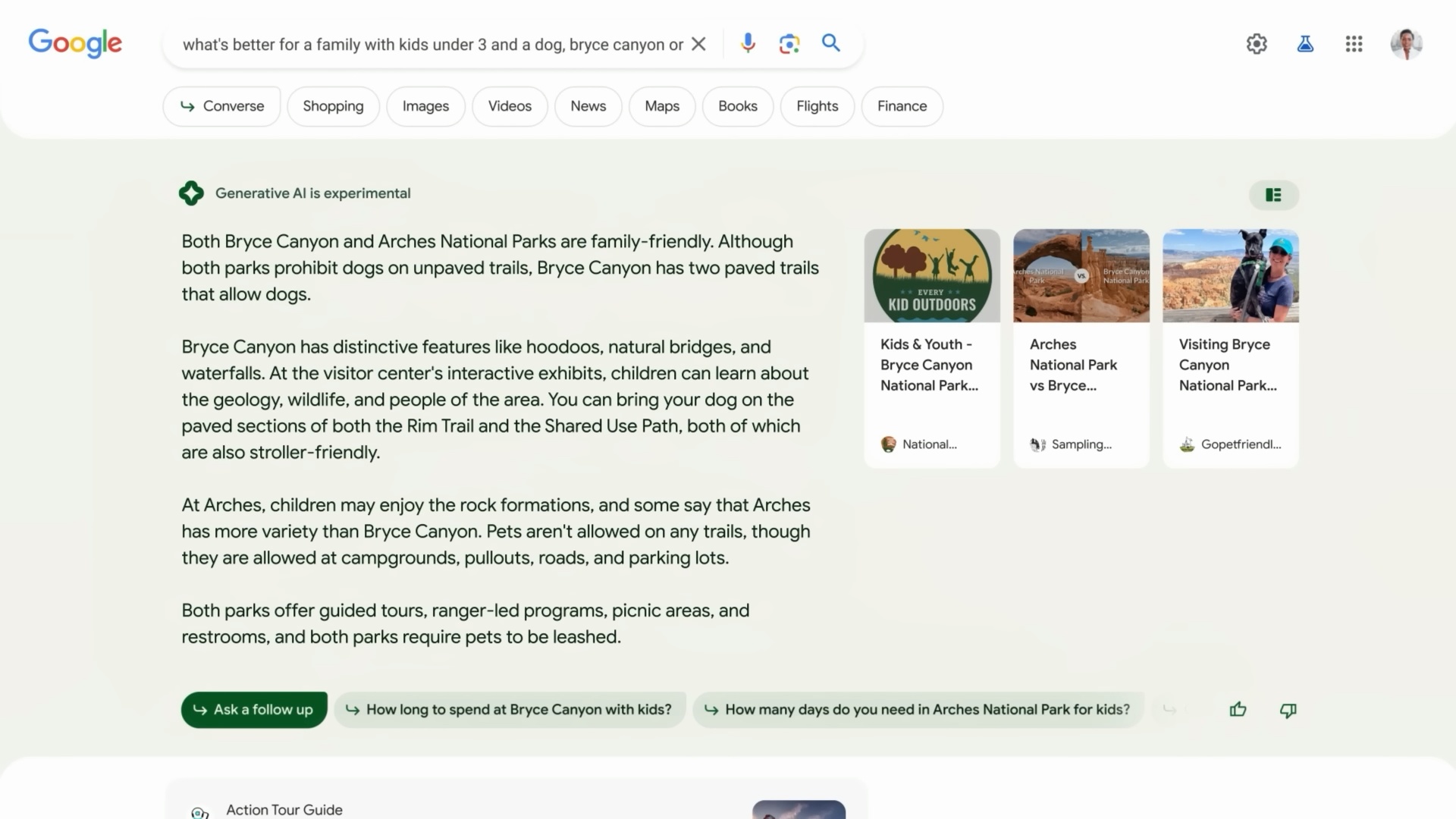
Google I/O 2023 is wrapped up, and it was teeming with dynamic announcements, bringing a plethora of new apps, features, and technological advancements to the forefront – especially when it comes to Bard and other AI-powered solutions. As we bid farewell to the annual developer conference, let's recap and share our insights on some of the most talked-about additions.
With an undeniable commitment to innovation and user experience, Google has once again proved why it remains at the helm of the tech industry. Read on as we discuss all of these exciting developments in detail, including our final thoughts on this year's event.
AI Advancements at Center Stage
From the get-go, it was evident that Google I/O 2023's primary focus was on AI advancements, particularly in the realm of generative AI. These applications and improvements are not only vital for SEOs to consider, but they also have broad implications for the general public and website owners.

From what we could learn during the event, Google's achievements in the AI sector might outshine its competitors like Microsoft and Bing, contributing to a stock surge of 4.5% post-presentation. The Bard has come a long way, and its presence is now felt across Gmail, Google Maps, and many other areas where AI comes in handy.
Gmail's Bard Integration and Sidekick
Gmail takes a new leap forward by incorporating the innovative Bard AI for drafting emails and refining message styles. Alongside this, the built-in assistant "Sidekick" revolutionizes the emailing experience by reading the entire thread and suggesting responses or creating them from scratch based on its comprehension.
During the event, we could see Gmail installed on the fresh-announced Google Pixel Fold – an Android device – come up with a complete email with just a rather short prompt. This is important because previous mobile implementations of generative AI were not as seamless and functional. This shows significant improvements made by Google in this domain.
Bard's Improved Programming and Integration
Other enhancements in Bard's programming include better code description, more accurate suggestions, dark mode availability, and integration into a variety of apps like Google Docs, Adobe Firefly, and Replit. As generative AI becomes more accessible and user-friendly, these upgrades are certain to make a difference for developers and everyday users alike.

We can see it in use in Google Workspace. Google demoed the Sidekick, an innovative assistant that harnesses AI to read the content within a Google Doc, providing suggestions on document direction or even generating related images. Furthermore, Bard now offers visual outputs when asked about specific locations or given queries, paving the way for multi-modal functionality.
Multi-modal Bard
What distinguishes Bard from other AI-powered tools, such as ChatGPT or Bing, is its multimodality. What does it mean? In layman's words, Bard is more than a text generator. You can ask it to come up with an outline of a slide or tell it to add some images, and it'll take care of it for you.

You can see that in programming, too. Bard not only can write code in Python or JS, but it can also comment upon it and – most importantly – link to relevant sources, helping developers understand the logic or intricacies of particular segments. Integration with Lens, Maps, or Photos also adds to the capabilities of this AI-powered platform.
Implications for SEO and Ad Placement
The innovations presented at Google I/O 2023 will undoubtedly bring significant changes to SEO and ad placement. With AI-generated responses occupying more screen real estate, users may spend more time on Google without necessarily visiting specific websites. This shift in user behavior has implications for website traffic, making it essential for SEO professionals to adapt and reconsider their strategies.

Along with optimizing content to fit within the new search result landscape, there is a need to take a closer look at ad placements. The transition might not be simple, but as with previous algorithm updates, SEOs must stay ahead of the curve and find ways to make the most of these technological advancements.
Android 14 and New Pixels
Google announced further updates to Android 14, such as more Material You customizations, improved privacy features, and predictive back animations. Wear OS 4 was teased, promising better battery life, improved accessibility features, better watch faces, and a backup and restore feature.
With that, they launched the long-awaited Pixel Fold with a wide 7.6-inch folding screen, a smaller 5.8-inch external screen, a 48MP triple camera setup, and the Tensor G2 chipset. It is also worth noting that Google overhauled its Google Home app, which is becoming more visually appealing, customizable, and useful.
Rad Paluszak’s Recap Video
We've summarized some noteworthy highlights from Google I/O 2023 right here, but there's so much more to experience firsthand! To get an in-depth look into all the groundbreaking apps, features, and discussions that made the event so amazing, we strongly encourage you to watch Rad’s recap video.
Don't miss out on any of the excitement – watch our comprehensive Google I/O 2023 recap video now!
Final Thoughts
As we reflect on Google I/O 2023 and its numerous AI breakthroughs, it's clear that webmasters, developers, and users alike will need to adapt to these changes. While some concerns remain unanswered – such as optimization strategies and ad placements – one thing is certain: Google continues to innovate and push the boundaries of technology.
We eagerly anticipate exploring the possibilities that will be born thanks to this year's conference while keeping an eye out for further developments in the realm of AI and beyond.






